Preparation and Properties of Carbon Nanotubes Based on Graphene Quantum Dots
DOI: 10.23977/dcm.2022.010101 | Downloads: 14 | Views: 3377
Author(s)
Xiaohua Bai 1, Hao Jin 2,3, Wenjie Kong 3, Hu Yang 3, Yun He 3, Qing Lin 2,3
Affiliation(s)
1 Nanning College of Technology, Guilin, 541006, China
2 College of Biomedical Information and Engineering, Hainan Medical University, Haikou, 571199, China
3 College of Physics and Technology, Guangxi Normal University, Guilin, 541004, China
Corresponding Author
Hu YangABSTRACT
In this paper, we use a catalyst-free CVD method to prepare carbon nanotubes. In this experiment, the factors affecting the morphology and microstructure of carbon nanotubes during the catalyst-free preparation of carbon nanotubes based on graphene quantum dots were systematically studied. The effects of growth temperature, growth time and acetylene gas flow on the quality of carbon nanotubes were mainly explored.
KEYWORDS
Graphene, carbon nanotube, Catalytic-free, hybrid materialsCITE THIS PAPER
Xiaohua Bai, Hao Jin, Wenjie Kong, Hu Yang, Yun He, Qing Lin, Preparation and Properties of Carbon Nanotubes Based on Graphene Quantum Dots. Diamond and Carbon Materials (2022) Vol. 1: 1-14. DOI: http://dx.doi.org/10.23977/dcm.2022.010101.
REFERENCES
[1] Iijima S. (1991) Helical microtubules of graphitic carbon. Nature, , 354, 6348, 56-58.
[2] Novoselov K S, Geim A K, Morozov S V, et al. (2004) Electric field effect in atomically thin carbon films. Science, 306, 5696, 666-669.
[3] Maeda Y, Konno Y, Yamada M, et al. (2018) Control of near infrared photoluminescence properties of single-walled carbon nanotubes by functionalization with dendrons. Nanoscale, 10, 48, 23012-23017.
[4] Shiraki T, Uchimura S, Shiraishi T, et al. (2017) Near infrared photoluminescence modulation by defect site design using aryl isomers in locally functionalized single-walled carbon nanotubes. Chemical Communications, 53, 93, 12544-12547.
[5] Shiraishi T, Shiraki T, Nakashima N. (2017) Substituent effects on the redox states of locally functionalized single-walled carbon nanotubes revealed by in situ photoluminescence spectroelectrochemistry. Nanoscale, 9, 43, 16900.
[6] Sangaraju S, Aharon G. (2006) Generation of hydrophilic, bamboo-shaped multiwalled carbon nanotubes by solid-state pyrolysis and its electrochemical studies. Journal of Physical Chemistry B, 110, 5, 2037-2044.
[7] Singh V, Borkotoky S, Murali A, et al. (2015) Electron paramagnetic resonance and photoluminescence investigation on ultraviolet-emitting gadolinium-ion-doped CaAl12O19 phosphors. Spectrochim Acta A Mol Biomol Spectrosc, 139, 1-6.
[8] Hou Z, Krauss T D. (2017) Photoluminescence Brightening of Isolated Single-Walled Carbon Nanotubes. Journal of Physical Chemistry Letters, 8, 19, 4954–4959.
[9] Ishibashi Y, Ito M, Homma Y, et al. (2018) Monitoring the antioxidant effects of catechin using single-walled carbon nanotubes: Comparative analysis by near-infrared absorption and near-infrared photoluminescence. Colloids Surf B Biointerfaces, 161, 139-146.
[10] Liu F, Ming L, Qian F, et al. (2012) Catalyst-free synthesis of reduced graphene oxide–carbon nanotube hybrid materials by acetylene-assisted annealing graphene oxide. Applied Physics Letters, 101, 12, 123107.
[11] Roy-Mayhew J D, Bozym D J, Christian P, et al. (2010) Functionalized graphene as a catalytic counter electrode in dye-sensitized solar cells. ACS nano, 4, 10, 6203-6211.
[12] Rao C N R, Sood A K, Subrahmanyam K S, et al. (2010) Graphene: the new two-dimensional nanomaterial. Angewandte Chemie International Edition, 48, 42, 7752-7777.
| Downloads: | 14 |
|---|---|
| Visits: | 3377 |
Sponsors, Associates, and Links
-
Forging and Forming

-
Composites and Nano Engineering
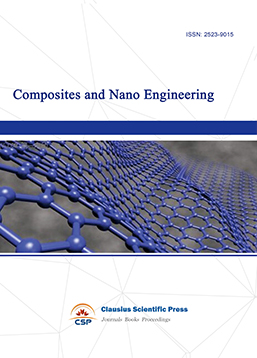
-
Journal of Materials, Processing and Design
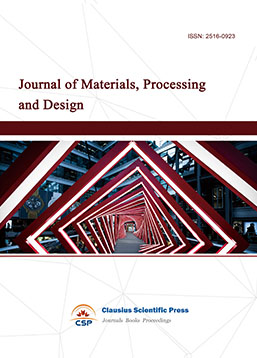
-
Metallic foams
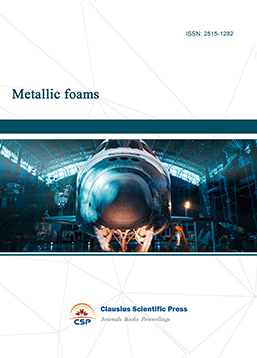
-
Smart Structures, Materials and Systems

-
Chemistry and Physics of Polymers
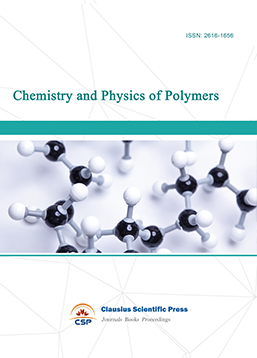
-
Analytical Chemistry: A Journal
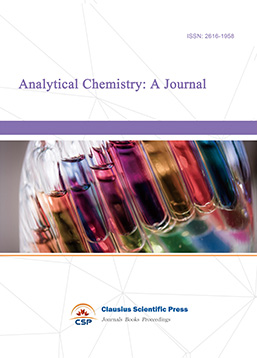
-
Modern Physical Chemistry Research

-
Inorganic Chemistry: A Journal

-
Organic Chemistry: A Journal
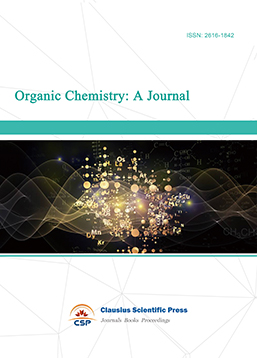
-
Progress in Materials Chemistry and Physics

-
Transactions on Industrial Catalysis
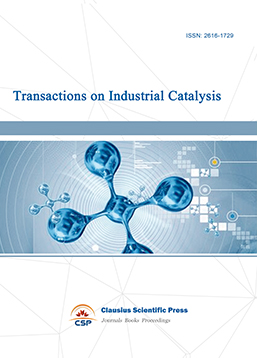
-
Fuels and Combustion

-
Casting, Welding and Solidification
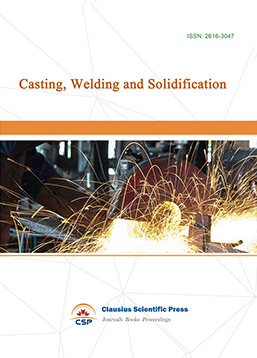
-
Journal of Membrane Technology
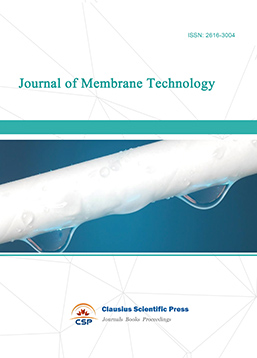
-
Journal of Heat Treatment and Surface Engineering
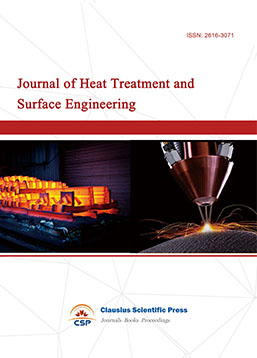
-
Trends in Biochemical Engineering

-
Ceramic and Glass Technology

-
Transactions on Metals and Alloys
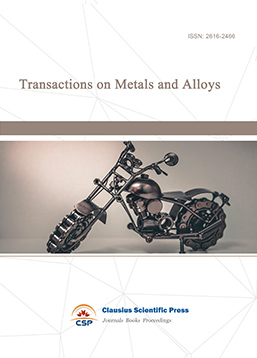
-
High Performance Structures and Materials
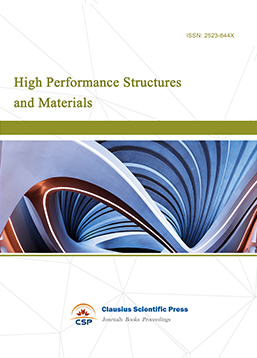
-
Rheology Letters

-
Plasticity Frontiers

-
Corrosion and Wear of Materials

-
Fluids, Heat and Mass Transfer

-
International Journal of Geochemistry
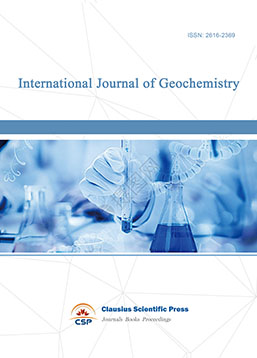
-
Advances in Magnetism and Magnetic Materials
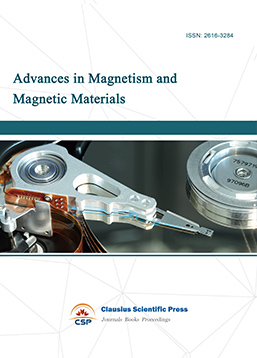
-
Advances in Fuel Cell

-
Journal of Biomaterials and Biomechanics
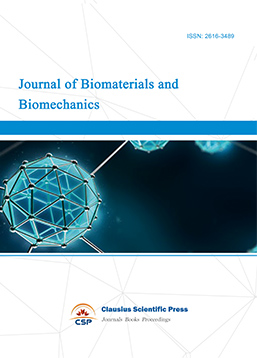

 Download as PDF
Download as PDF